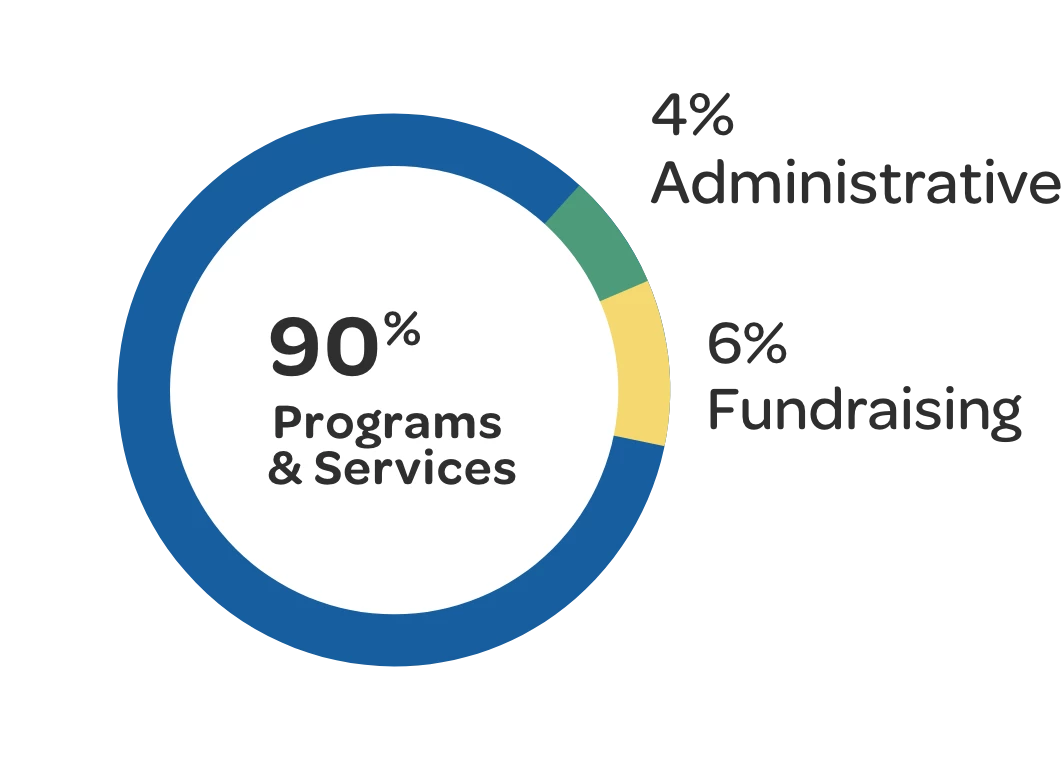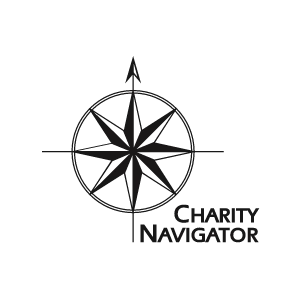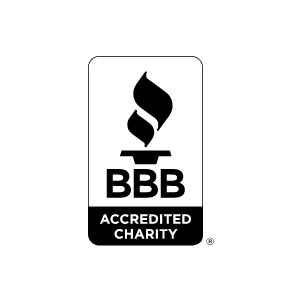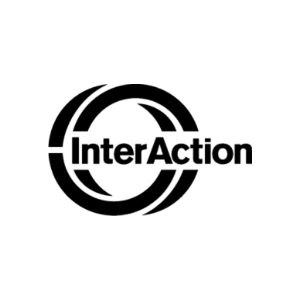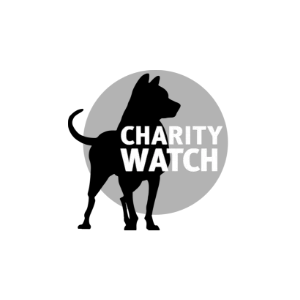Everywhere we look this month, we can see brands changing their logos and people updating their social media profiles and icons to include a pink ribbon in honor of Pink October. But what is Pink October?
October is known worldwide as the month related to breast cancer prevention and early diagnosis. Known as October Rosa in some countries, it has been observed for the last 90 years and is used to share information about breast cancer and, more recently, cervical cancer. The idea is to promote cancer awareness, provide greater access to diagnostic services and reduce mortality.
In 2020, 2.3 million women were diagnosed with breast cancer; by the end of 2020, there were 7.8 million women alive who had been diagnosed with breast cancer over the past 5 years; and more than 2,700 men are diagnosed with breast cancer as well.
65% of breast cancer cases are diagnosed at a localized stage, meaning that cancer has not spread outside of the breast, for which the 5-year relative survival rate is 99% in developed nations. Making it the world’s most prevalent cancer, but early detection is the critical factor.
Yet, in many developing nations, the primary medical care for early detection and the education around the importance of self-examinations is challenging and, in some situations, can be the difference between life and death.
That is why, thanks to God and your generous donations, Zakat Foundation of America is working hard in countries like Mali, Mauritania, Palestine, and others, to educate women on cancer awareness and increase their access to essential cancer treatments.
Last year alone, in Mali and Mauritania, we were able to educate around 3,000 women through our Pink October Awareness Days. Thanks to you, we were able to share the importance of early detection of breast cancer and the process of breast cancer treatment to include medical, psychological, social, and palliative care, but we were also able to diagnose several cases and refer them to treatment.
Improving breast and cervical cancer's survival rate depends on early detection, education, and access to life-saving treatments from primary care facilities and dedicated cancer centers. But more work is needed to create pathways and access to such services and learning.

